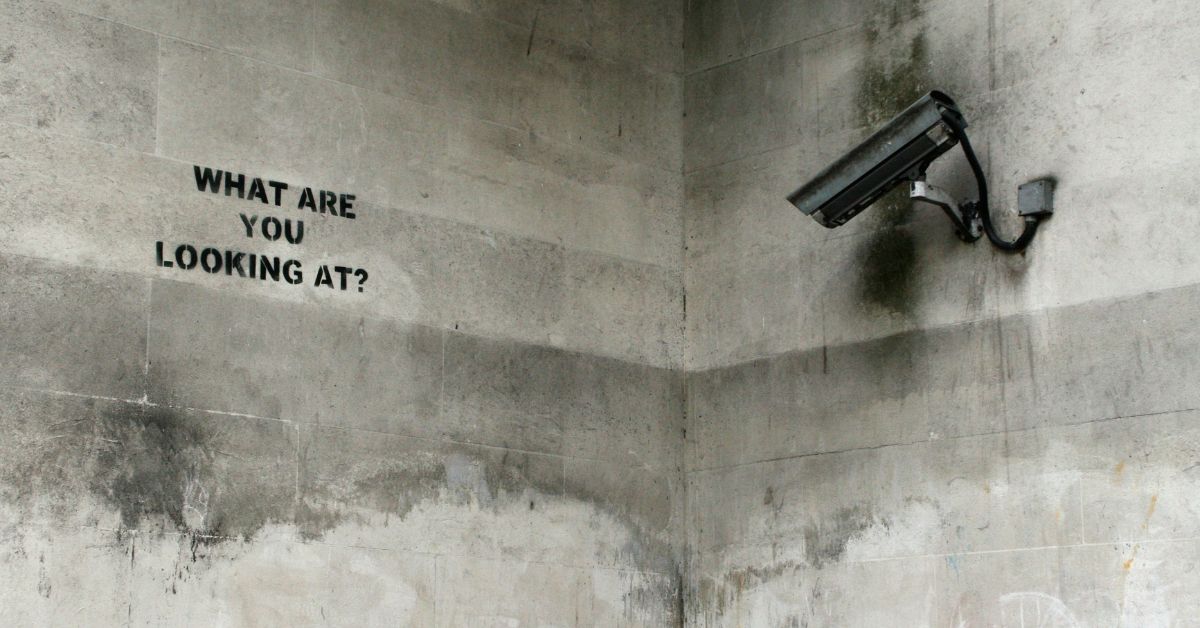The cybersecurity of critical infrastructure is a top global priority because a successful attack can cause widespread, real-world physical disruption, threaten public safety, and cripple a nation’s economy.
As of August 30, 2025, the conversation around cybersecurity has elevated far beyond protecting corporate data; it is now a core issue of national security. For governments around the world, including here in Pakistan, the primary mission is to protect the essential services that underpin our entire society. These services, collectively known as critical infrastructure, are increasingly digitized, making them a prime target for sophisticated state-sponsored hackers and cyber-terrorists.
What is Critical Infrastructure?
Critical infrastructure refers to the physical and digital systems and assets that are so vital to a nation that their incapacitation or destruction would have a debilitating effect on national security, economic stability, and public health and safety.
In the context of Pakistan, this includes:
- The Energy Sector: Power generation plants, transmission grids, and oil and gas pipelines.
- Water Systems: Water treatment plants and distribution networks.
- Telecommunications: The cellular and internet infrastructure that connects the country.
- Financial Services: The core banking and payment systems.
- Transportation: Air traffic control, railway networks, and port operations.
- Healthcare: Hospitals and public health systems.
The Unique and Dangerous Threats
Securing critical infrastructure is a unique challenge because it involves protecting not just IT (Information Technology) systems, but also Operational Technology (OT) and Industrial Control Systems (ICS/SCADA).
- The IT vs. OT Convergence: IT systems manage data (like emails and databases). OT systems manage physical processes (like opening a valve or flipping a circuit breaker). Historically, these OT systems were isolated and air-gapped. Today, for efficiency, they are increasingly connected to the internet and corporate IT networks. This convergence has exposed these vital, and often decades-old, legacy systems to a world of new threats.
- The Adversaries are Nation-States: The primary threat actors targeting critical infrastructure are not common cybercriminals, but highly sophisticated, well-funded Advanced Persistent Threat (APT) groups working on behalf of national governments. Their goal is not financial gain, but to achieve a strategic geopolitical objective:
- Espionage: To gather intelligence on a nation’s capabilities.
- Pre-positioning: To gain a stealthy, long-term foothold within a critical system, which can be activated later during a time of conflict.
- Sabotage: To actively disrupt or destroy physical infrastructure.
The Devastating Real-World Consequences
A successful cyberattack on critical infrastructure can have catastrophic, real-world consequences that go far beyond data loss.
- Case Study: The Ukrainian Power Grid Attacks (2015 & 2016): Russian state-sponsored hackers successfully breached the control systems of Ukrainian power distribution companies and remotely operated the circuit breakers, plunging hundreds of thousands of people into darkness in the middle of winter. This was a landmark event that proved a cyberattack could cause a large-scale, physical blackout.
- Case Study: The Colonial Pipeline Attack (2021): While a criminal ransomware attack, it demonstrated the fragility of these systems. The shutdown of this major U.S. fuel pipeline led to widespread fuel shortages and panic buying, showcasing how a digital attack on a private company can have a direct and immediate impact on the public.
For a city like Rawalpindi, a successful attack could mean a city-wide power outage, a disruption of the water supply, or the paralysis of the metro bus system.
The Defensive Strategy: A National Imperative
Protecting critical infrastructure requires a collaborative, nation-wide effort.
- Government Leadership and Policy: The government must take the lead by establishing a strong National Cyber Security Policy, like the one Pakistan introduced in 2021. This includes defining which sectors are “critical,” setting mandatory security standards for them, and fostering a framework for threat information sharing.
- Public-Private Partnerships: Most critical infrastructure is owned and operated by the private sector. A strong partnership between government intelligence agencies (who have the best information on state-sponsored threats) and private operators is essential for a coordinated defense.
- A Zero Trust and Defense-in-Depth Approach: Given the stakes, a Zero Trust security model is non-negotiable. This involves strict network segmentation to keep IT and OT networks isolated, continuous monitoring for anomalous behavior, and a defense-in-depth strategy with multiple, redundant security controls.
- Building a Skilled Workforce: There is a critical need, both in Pakistan and globally, for a skilled workforce of cybersecurity professionals who specialize in the unique challenges of securing Industrial Control Systems.





